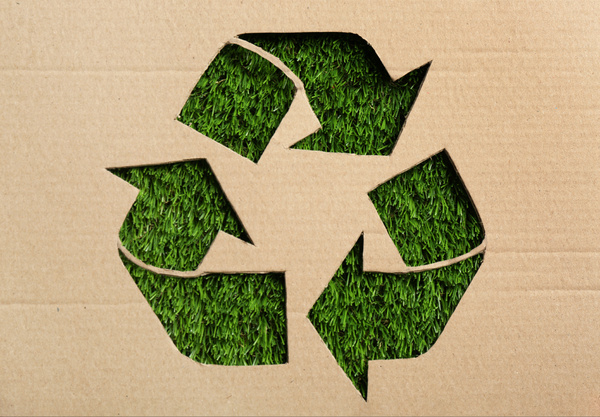
The Extended Producer Responsibility (EPR) movement mandates that business owners pay fees related to the type and quantity of packaging they use for products sold in their state.
This movement helps fund recycling programs. Recently, Maine was the first state that began requiring it, but it is gaining traction in other places. Here’s what you need to know.
About the EPR for Packaging Law
LD 1541 is a new EPR law that is the first of its kind to be enacted. This is one of many provisions different states are considering to mandate the recycling of CPG packaging. If other jurisdictions adopt similar laws, the predominant model they use to fund recycling programs in the United States will go from municipal to business.
The new EPR for packaging law will require companies to file reports annually with their state on the CPG packaging they use for their products. This data will serve as the basis for calculating fees companies will pay each year.
A packaging stewardship will operate the program. The Department of Environmental Protection (DEP) will form this organization and place reporting and fee requirements in effect one year later.
The CPG packaging stewardship will base fees on the net weight of each type of packaging a business uses. They will develop the fee schedule according to the per-ton costs of processing and collecting these materials. The reason for the fees is to fund recycling and waste management on the local government level.
How the Law Will Work
The EPR for packaging law will affect companies that own a brand that sells or distributes products in Maine. Brand owners who import products into the state for local companies will also be subject to these requirements.
The law will cover any CPG packaging material that companies use to contain, protect, present, deliver, or distribute a product when it is placed in the hands of the consumer. This can include when the product leaves a business location in the consumer’s hands or is received by mail when purchased via the internet.

There are a few exceptions, which include:
- Materials for long-term protection or storage of products
- Certain paint containers
- Beverage containers
- Small amounts of packaging waste
The goal of this new EPR for packaging program is to provide an incentive for businesses to reduce large quantities of CPG packaging materials, use more sustainable options, and create take-back programs for collecting and recycling used products.
Research shows many companies are already working to act on packaging waste to increase the drive toward sustainability. Companies are embracing products that can be mostly or fully recycled, making up 60% of businesses that are completely committing to the task.
While Maine is at the helm of the EPR for packaging movement, at least six other states are considering comparable laws. For example, Oregon is awaiting a signature from the governor on its law. Other states include Hawaii, California, Maryland, New York, and Massachusetts.
View LD1541 to learn more about this legislation.
This new stewardship will help increase the recycling rate of CPG packaging and paper products (PPP), which has remained stagnant at around 50% for almost the past 20 years. This is crucial since 40% of household waste includes these products.
The EPR for packaging law will mandate that valuable resources be recycled, cutting down on the amount of waste in landfills. This will result in less contamination and the correct disposal of recyclable packaging materials.
PKG Brand Design is always on the forefront of new CPG branding and packaging initiatives, please subscribe to our blog for the latest package design industry news!


-min-1.png)

.webp)


